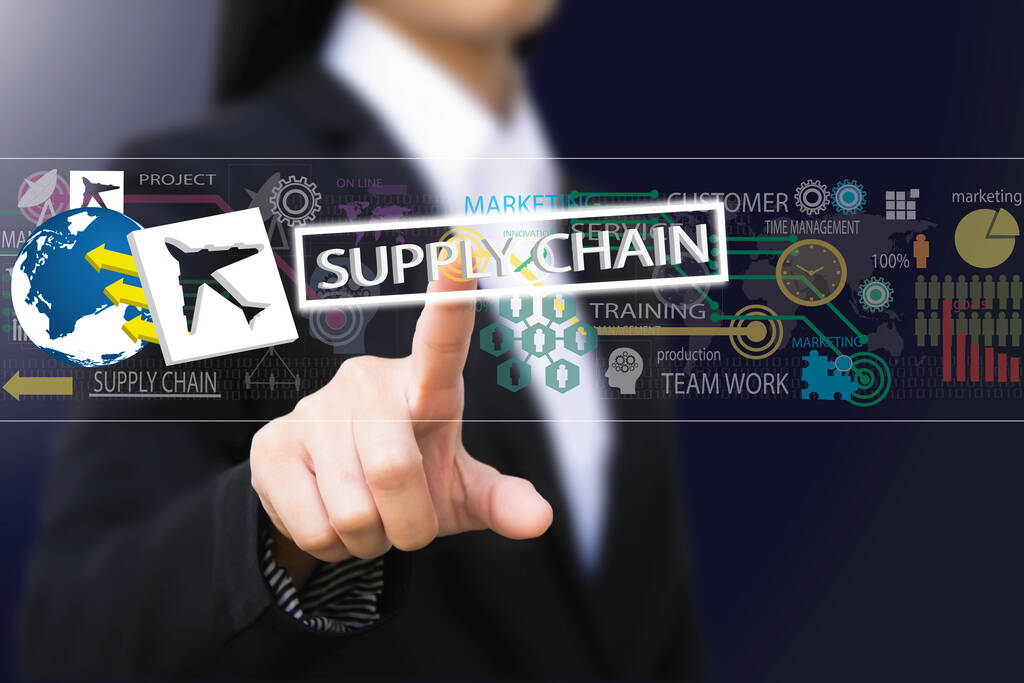When people think of iconic brands they often think of sleek advertising cutting edge innovation or customer first experiences. What they do not see is the intricate web of supplier relationships behind the scenes that help deliver that excellence. A well execute supplier strategy does not just ensure products get made and delivered on time, it shapes quality, cost, agility and brand reputation. If your business wants to scale with confidence and sustainability having a strong supplier strategy is not a luxury. It is a necessity.
Start with Supplier Segmentation
Not all suppliers are created equal. One of the first steps to nailing your supplier strategy is to categorize your suppliers based on their strategic importance. Consider factors such as total spend the uniqueness of what they provide and the risk of disruption if they fail.
- Strategic suppliers: High impact suppliers critical to core operations or product differentiation. These require close collaboration.
- Preferred suppliers: Reliable suppliers with strong performance but less strategic value than top tier partners.
- Transactional suppliers: Low risk high volume providers often selected primarily based on cost.
Build Long Term Relationships Not Transactions
High performing brands view key suppliers as strategic partners, not vendors. Relationships based on mutual benefit open communication and aligned goals are more resilient in times of disruption and more productive in times of growth. Invest in regular meetings shared performance metrics and even co development opportunities. By becoming a customer of choice you encourage your top suppliers to prioritize your needs share innovations and be flexible when it matters most.
- Open and frequent communication: Encourage transparency around challenges changes and expectations.
- Joint development efforts: Collaborate on product design, R&D or process improvements.
- Fair and timely payments: Ensuring financial reliability demonstrates respect and builds trust.
- Conflict resolution frameworks: Establish mechanisms to navigate disagreements constructively.
Leverage Technology for Visibility and Control
Manual processes scattered spreadsheets and email threads do not cut it in today’s global supply networks. You need centralized digital tools that give you real time visibility into supplier performance, compliance and risk.
That is where supplier relationship management solutions come into play. These platforms streamline communication automate performance tracking and give procurement and operations teams the data they need to make informed decisions quickly.
- Supplier Relationship Management (SRM) software: Centralizes supplier data performance metrics and communication.
- AI and predictive analytics: Identify supply chain risks demand shifts and optimization opportunities.
- Blockchain technology: Enhances transparency and traceability particularly in industries requiring strict compliance.
- Internet of Things (IoT): Provides real time data on logistics, inventory and supplier operations.
Set Clear Expectations and Measure Them
Effective supplier relationships rely on clear expectations and measurable performance standards. When both parties understand what success looks like it minimizes ambiguity and fosters accountability.
- Defining KPIs (Key Performance Indicators): Delivery timelines quality standards, compliance, innovation contributions etc.
- Establishing Service Level Agreements (SLAs): Specific metrics tied to contracts that are regularly monitored.
- Conducting regular supplier evaluations: Performance reviews help identify areas for improvement and celebrate successes.
- Providing feedback and support: Constructive communication builds a culture of continuous improvement.
Prepare for the Unexpected
If the last few years have taught us anything it is the importance of resilience in supply chains. From global pandemics to geopolitical conflicts and climate related disruptions, unforeseen events can halt production and damage a brand’s reputation if suppliers are not properly managed.
- Diversifying supplier bases: Avoid dependency on a single source or region.
- Conducting risk assessments: Identify and categorize potential risks across your supply chain.
- Establishing contingency plans: Have alternate suppliers, emergency inventory and rerouting strategies ready.
- Strengthening supply chain agility: Build systems that allow for rapid adjustments without compromising quality or compliance.
Final Thoughts
A brand’s success is no longer determined solely by its products or customer facing teams. It is increasingly defined by the strategic strength and stability of its supplier relationships. By segmenting suppliers fostering long term partnerships, integrating cutting edge technologies setting clear performance benchmarks and preparing for disruptions, companies create a robust foundation for scalable sustainable growth.


